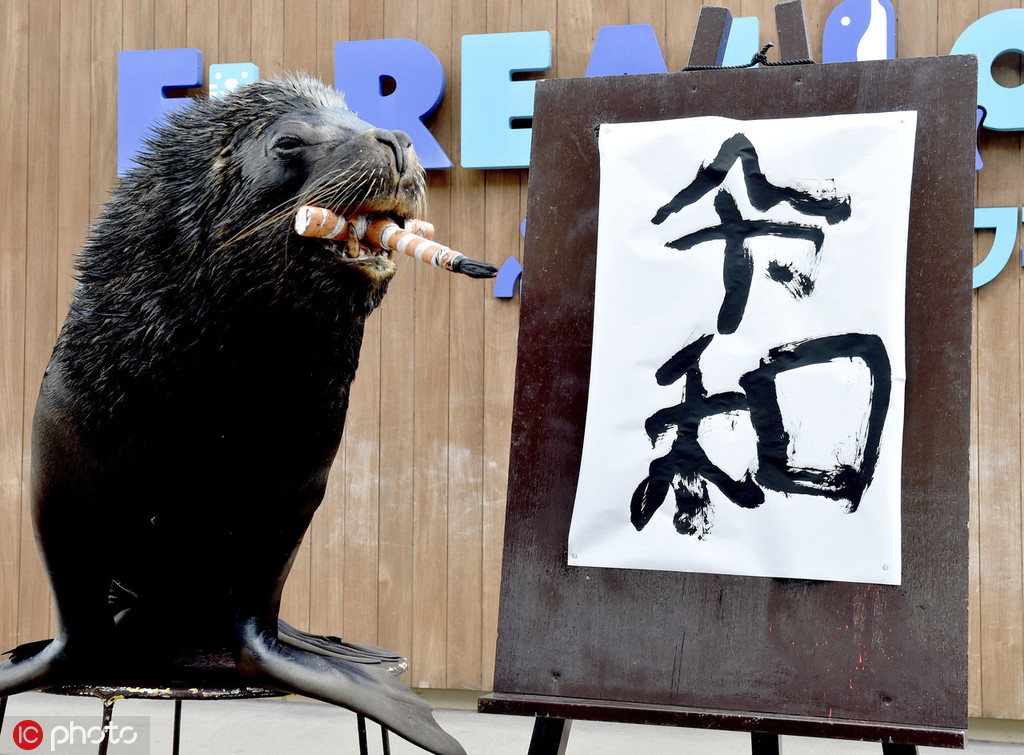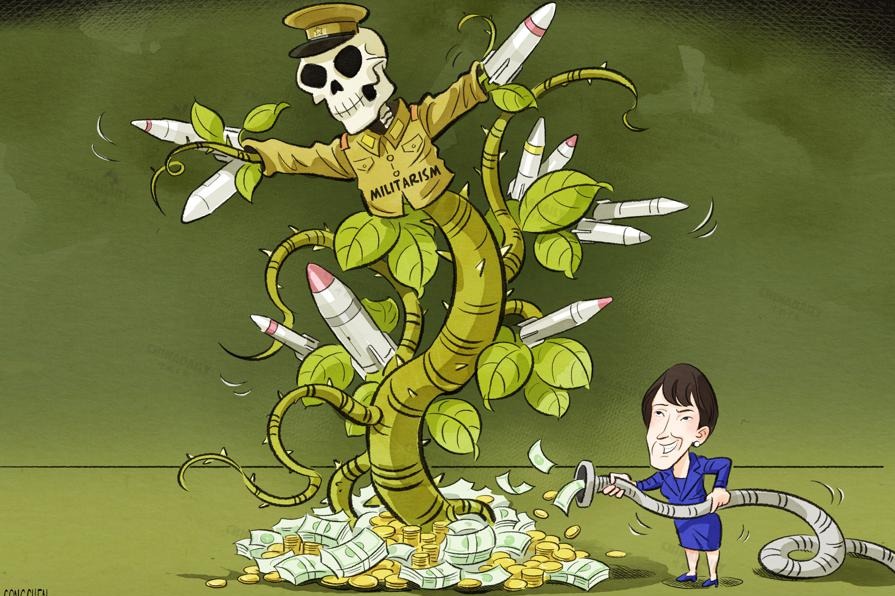Japan announces 'Reiwa' as new era name
Xinhua | Updated: 2019-04-01 10:48

Era names in Japan are still used for official documents such as drivers' licenses, as well as for some calendars, newspapers and other documents such as health insurance cards.
They are typically composed of two Chinese characters, or kanji in Japanese, and selected to impart a positive meaning that represents the values and ideals of the people of Japan.
The era names should be distinct from previous ones and be easy to read and write.
Earlier on Monday, Yoshihide Suga, the government's top spokesperson, convened a nine-member panel of representatives at the prime minister's office to present them with a list of proposals for the new era name.
The representatives were from the worlds of academia, media and business.
Thereafter, the opinions on the new era name were sought by both leaders and deputy leaders of both chambers of Japan's bicameral parliament.
Japanese Prime Minister Shinzo Abe's Cabinet was subsequently charged with approving an ordinance on the new era name to replace Heisei.
Abe said that the government wanted to select a name that conveys the heralding of a "new ear full of hope."
"Heisei," the name of the current era, means "achieving peace" and began on Jan. 8, 1989, the day after Emperor Hirohito died.
Previous era names in modern history have been Meiji (1868-1912), Taisho (1912-1926) and Showa (1926-1989), followed by the current Heisei era.
























